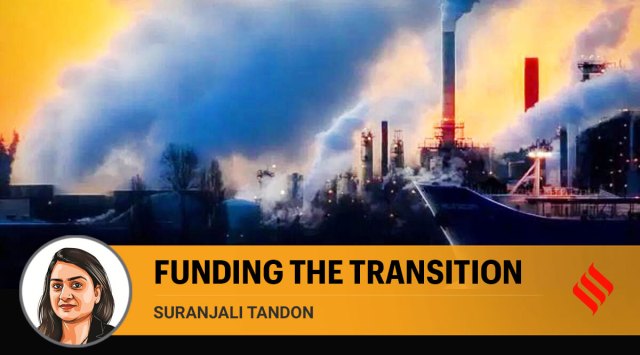
Extreme weather events are becoming more prevalent with each passing year and countries are increasingly taking cognisance of this. Yet, there remains a rift between developing and developed countries, largely on account of asymmetries between the incidence of and the financial responsibility assumed for climate change. It is estimated that 92 per cent of excess historical emissions are attributable to developed countries. Yet the economic impact of climate change is disproportionately borne by vulnerable developing countries. The 58 vulnerable countries (or V20) account for 5 per cent of global emissions while the costs incurred are significant. An example of this is the recent flood in Pakistan that cost the country more than $30 billion.
UNEP estimates that efforts on climate adaptation would require $160-340 billion by 2030. But, current financial flows are inadequate, with developing countries receiving only a third of what is required. The dual costs of shifting away from fossil fuels and that of climate catastrophes are expected to further chip away at fiscal resilience as developing countries reel under the pressures of slowdown, inflation and excess sovereign debt.
Recognising these challenges, COP27 underscored the need to accelerate finance. In its draft decision, the UN highlighted that to meet the scale of funding will require a transformation of the financial systems, structures and processes. It will require engaging with all financial actors. The recognition is not novel and is self-evident from estimated gaps in finance. Yet, the inadequacy in response persists as the 2009 commitment of $100 billion in transfers remains unmet.
The frustration of developing countries, especially small island developing states (SIDS), was palpable at COP27. In the past there have been funding facilities such as the Green Climate Fund, which were meant to support adaptation and mitigation. But, there is wide discontent with the pace and extent of access to such facilities. The announcement of a Loss and Damage (L&D) fund stole the attention and is hailed as a victory for SIDS. However, reflections from past experiences are essential. The institutional architecture of multilateral funds has been demonstrably slow to deliver. Then there is the visible reluctance to contribute among the big economies. To restore its lost legitimacy, the US made several announcements at COP27 but its lack of support to the L&D fund and financing of the global shield — meant to support vulnerable countries to address risks of climate change — must be factored in.
As the demands placed on economies dwarf public finances, it is intuitive to expect private capital to step up. Policy makers are well versed with the whims of private capital. For decades, developing countries have competed to attract private capital leading to frail legal and tax systems. Therefore, to tether capital flows to a society’s requirements a regulatory response is needed. Even as private capital shifts to the green sectors on account of regulatory action, it is reasonable to expect that its pace will be tempered by financial expectations. Interestingly, experts are beginning to see climate actions connected with tax policy. This is evident from the revival of the repeatedly shelved Financial Transaction Tax in the EU. Every package announced involves a redistribution of incomes within and across countries. Therefore, a general overhaul of tax architecture is inevitable. Yet, a dedicated national carbon tax is rarely discussed.
COP27 was a spectacle of distractions. Experts from around the world assembled in the comforts of their echo chambers, reciting the promise of the transition, as policy makers reiterated the inadequacies of the system. There is also growing pressure on developing countries to abandon their access to fossil fuels, overlooking the view that a hastened transition can have adverse consequences for growth. Then there have been repeated questions as to why India chooses to use the term “phase down” and its slow response. The hypocrisy of the developed countries was stark as countries chose to sideline India’s call to phase down all fossil fuels, never mind the ignorance of their own responses to the brewing energy crisis.
While the release of the long-term low carbon development strategy is a fitting response from India, there needs to be better guidance on the pathway to net zero. With India chairing the G-20 this year, the question of phasing down coal will be asked repeatedly. There is already growing interest in signing a just energy transition partnership with India. The learnings from COP27 must inform the G-20 presidency. It is also important to remain conscious that dramatic shifts in policy are pursued domestically and not all change is pursued by consensus. The principle of common but differentiated responsibility should not be traded for the promise of finance.
The writer is assistant professor, NIPFP